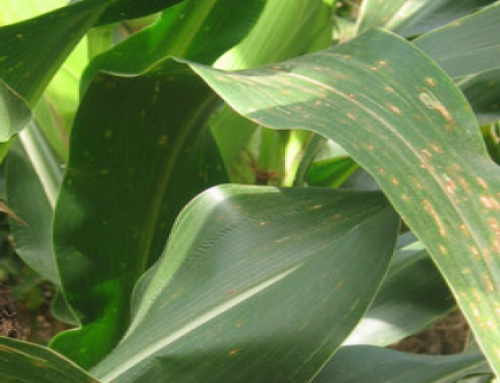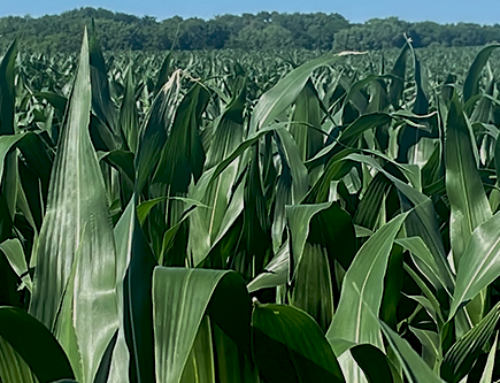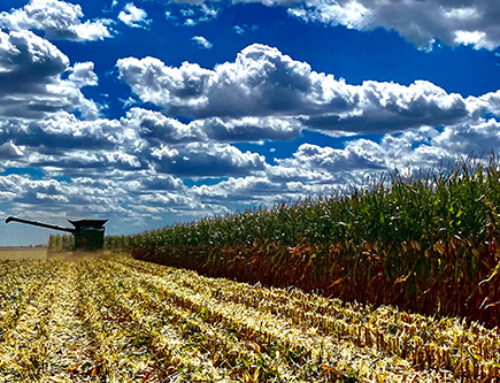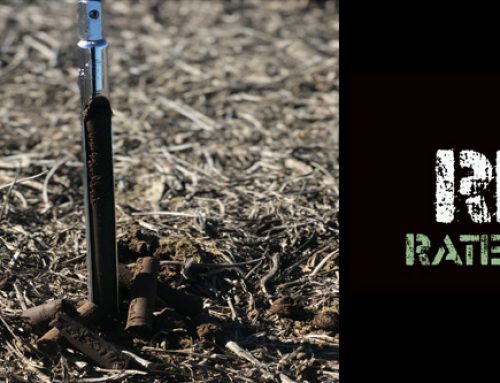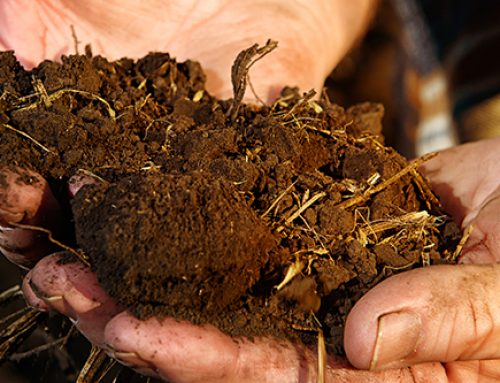Recently I was asked to contribute to an article Precision Ag Professional was putting together. The point of view from the corn belt on split nitrogen applications was interesting. I was a little surprised at the implied low number of split applications being made in the corn belt since this is a well-established practice under a pivot. As I read the comments from the article collaborators I gained perspective and appreciation of what fertigation allows us to accomplish.
What is the background on the move to split nitrogen applications and zone management?
In our geography split applications have been used for decades.
In irrigated crops split applications are straight forward to implement. Some nitrogen is typically applied in the fall or early spring. The rest of the nitrogen is “spoon fed” through the pivot as the crop requires it in-season. It’s a great way to match crop needs with the fertilizer applications.
In cases like these we often choose to variable rate (VR) apply nitrogen during the fall or spring application. Then we use uniform applications through the pivot or as a sidedress as the season progresses.
How far have we come, how robust is this movement?
I think that depends on the area.
In NE KS we have seen an increase in the number of split fertilizer applications made. Some of those are being VR applied based on imagery integrated into the overall fertility plan. The fields we consult on are typically soil sampled yearly. Combine that with imagery, soil EC, and yield data and you can build a solid nitrogen plan.
How is it being received by growers?
Split applications are well received in our area.
Probably because they are not perceived as a “new” idea. In our irrigated areas, split nitrogen applications have already been accepted as good management practice. It’s especially important in sandy soils where nitrogen is easily leached through the profile. Where rainfall is higher and standing water exists, denitrification is also a concern that can be addressed with split applications.
What are some of the business and agronomy benefits of the zone approach that your company is seeing?
VR applying nitrogen based on UAS, aerial, & satellite imagery can work well; but it requires some investigative work.
We need confidence that what the image is showing us aligns with what the boots on the ground tell us. Regular field checks ensure what we are seeing in the images matches what our eyes are telling us.
When the two agree, then imagery can be used in-season to address problems.
What are some of the roadblocks to wider use?
Recognizing when and where VR split applications bring value.
Many consultants and growers have been doing uniform split applications for years. When introducing something new like VR split applications it must bring enough value to entice growers and consultants to disrupt the norm. If the new tool isn’t perceived as bringing enough value, then status quo continues.
Timing can be a challenge.
Probably more so in an area where nitrogen is being applied by ground rigs or airplane. In the irrigated areas, it’s reasonably simple to split apply because the sprinkler is going to be passing over the field on a regular basis. We determine the correct amount and fertigation is our vehicle to apply it.
However, because the pivot is the vehicle of choice for the application it does create a challenge for VR application in season. This partially explains why most VR nitrogen applications occur in the fall or spring. VR nitrogen applications based on VR irrigation (VRI) is possible but combining VRI and VR nitrogen into a single pass may not match the goals for that field.
As more zone or nozzle by nozzle VRI technology is implemented we will continue to learn and split applications will continue to evolve.
Written by: Nathan Woydziak, Hoisington, KS

